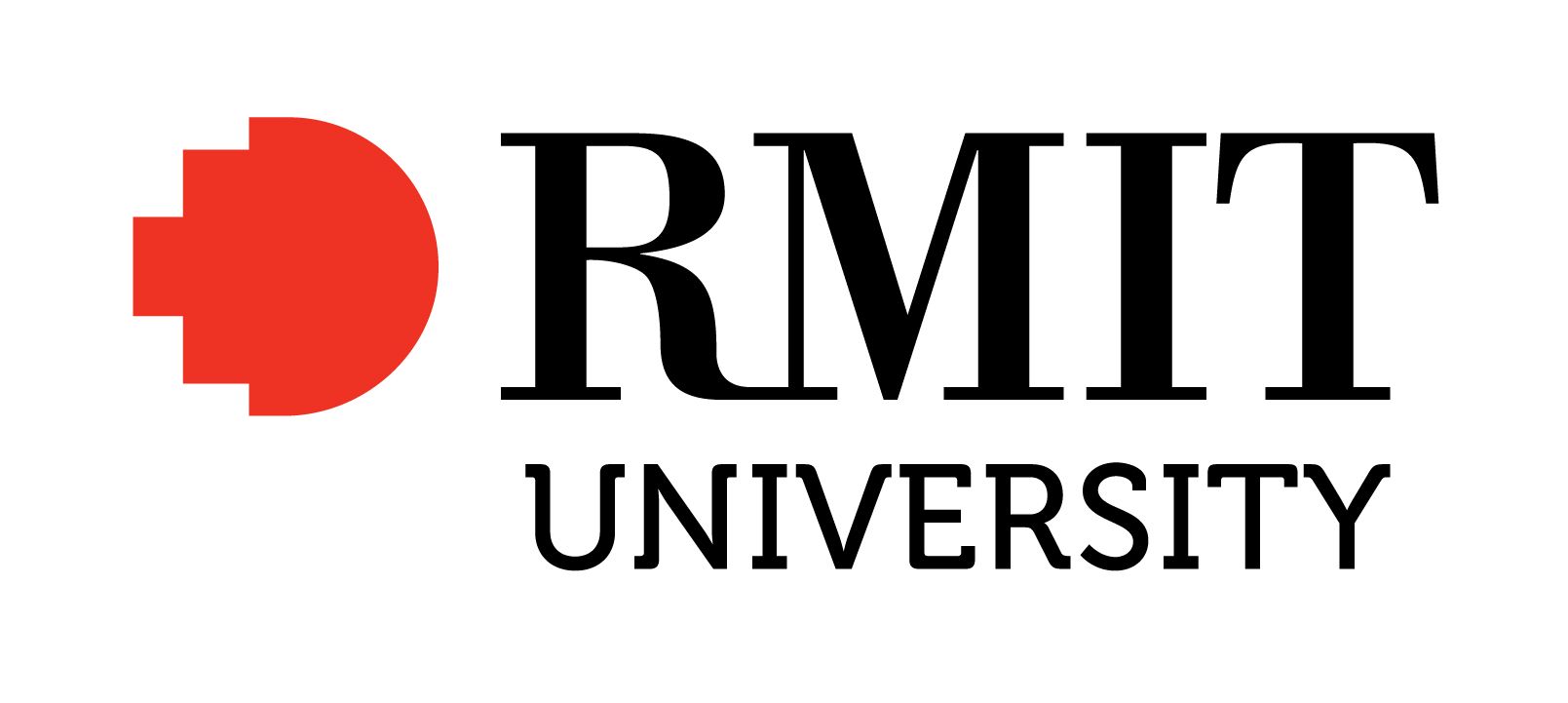Full description
Attached file provides supplementary data for linked article.The Himalayan endemic alpine genus Roscoea, like other members of ginger family, exhibits the combination of floral traits that would fit pollination by long distant foragers such as bees, birds or flies. We studied the pollination biology of Roscoea alpina, observed potential floral visitors and determined their foraging behaviour, visitation frequency and pollination efficiency, to seek evidence in support of the pollination syndrome hypothesis. We also measured the floral spectra of R. alpina flowers to evaluate if signals fit with the currently known framework for observed floral visitors. We found that R. alpina have autonomous selfing and pollinator-mediated crossing, but lack apomixis. We observed that a beetle (Mylabris sp.), and a moth (Macroglossum nycteris) visit the flowers of R. alpina for pollen and nectar feeding respectively. Our field observations, the stigmatic pollen count and fruit set data indicated that the visit by the beetle was legitimate, while that of the moth was illegitimate. Emasculated flowers visited by beetles set as many fruits and seeds/fruit as auto-selfed and naturally pollinated flowers, while emasculated flowers excluded from beetle visits did not set fruit and seed; indicating that a single visit of a beetle to the flowers of R. alpina can facilitate pollination. We found that flower spectral signal of R. alpina does not fit typical spectra previously reported for beetle or bee-visited flowers. Our results suggest that, to ensure reproductive success in alpine habitat, R. alpina has evolved autonomous selfing as a predominant mode of reproduction, while beetle pollination would promote genetic diversity of this plant species. The visitation of beetles to the flowers of R. alpina, despite floral signal mismatch with the classically associated beetle vision, suggests that a different visual processing may operate in this plant-pollinator interaction at high altitudes.
Subjects
Angiosperms |
Biological Sciences |
Coleoptera |
Colour vision |
Flower colour |
Plant Biology |
Plant Biology Not Elsewhere Classified |
Self-pollination |
South Africa |
User Contributed Tags
Login to tag this record with meaningful keywords to make it easier to discover
Identifiers
- Local : b025017fda10f476de0c58d403101a23


